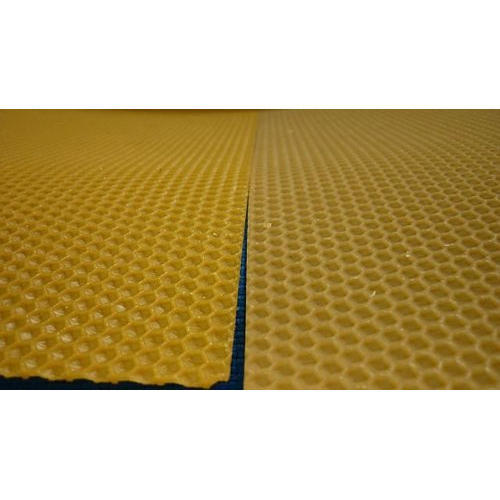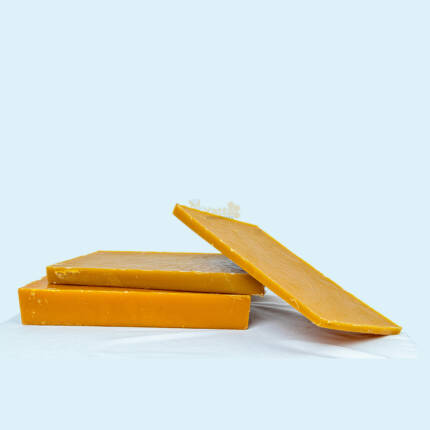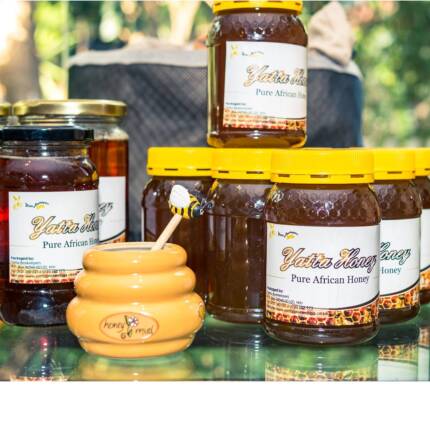
Bee venom
Raw bee venom is a substance produced by honeybees (Apis mellifera) and is typically used for its potential therapeutic properties. Bee venom is a complex mixture of proteins, peptides, enzymes, and other bioactive compounds. It is most commonly associated with bee stings, as bees inject venom into the skin when they sting to defend themselves or their colony. Some of the major components of bee venom include melittin, apamin, adolapin, and mast cell-degranulating peptide.
Bee venom has been studied for various potential health benefits, although more research is needed to confirm many of these claims. Some of the purported uses and benefits of bee venom include:
- Pain relief: Bee venom contains substances like melittin, which may have analgesic (pain-relieving) properties when applied topically. Some people use bee venom therapy to alleviate pain from conditions such as arthritis.
- Anti-inflammatory effects: Bee venom has been suggested to have anti-inflammatory properties, which could be beneficial for conditions involving inflammation, such as rheumatoid arthritis.
- Skin care: Some cosmetic products incorporate bee venom as an ingredient, claiming that it can help reduce the appearance of wrinkles and promote smoother skin. This is based on the idea that bee venom can stimulate collagen production and improve blood circulation.
- Allergy desensitization: In some cases, controlled exposure to bee venom may be used in allergen immunotherapy to desensitize individuals with bee sting allergies. However, this should only be done under the guidance of a healthcare professional.







Sonia –
Hello. Do you purchase bee venom?